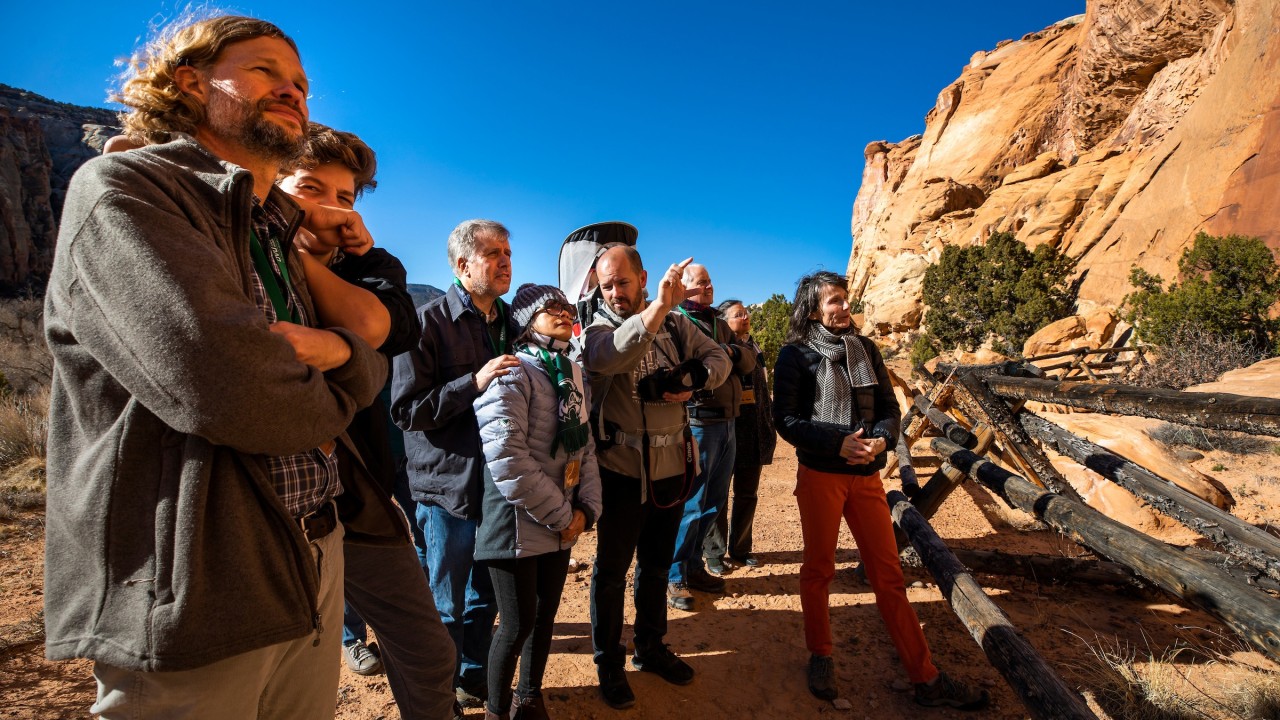Discover Jeannette Rankin's trailblazing journey as the first woman elected to U.S. Congress in 1916. Learn how grit, allies, and strategy fueled her success.

There was a name and date that piqued my interest on a newsfeed app I have on my phone. It said: Jeannette Rankin becomes the first woman elected to U.S. congress. I recognized the last name Rankin; I was raised in Montana, and there were Rankin’s in my little town. Was she born in Montana? Yes! I had taken Montana History in Junior High, so I am sure my textbook mentioned Jeannette Rankin, but I had forgotten.
In my previous article, “Pioneering the Vote & Keeping our Vote Vital”, I mentioned Utah’s suffragist women and the allies that support women now running for office. In that vein, I mention Jeannette Rankin because she was theFIRSTwoman elected to Congress. That is a huge hurdle. She achieved that status in 1916, before the 19th Amendment was passed. She is still the only woman ever elected to Congress from Montana.
How did she do it? How was she elected to Congress from the state of Montana? In looking over articles and books about Jeannette Rankin, I surmised three big factors helped her succeed in her run for Congress. I have labeled them asG.A.S.
Jeannette had lots of it. She was born in 1880 on a ranch outside of Missoula, MT. She was the oldest of seven, and her parents imparted individualism and freedom to think. She knew hard work and was creative and flexible. One of her quotes: “Go! Go! Go! It makes no difference where, just so you go! go! go! Remember, at the first opportunity, go!”
She went to university in Montana and graduated in biology in 1902. She was not done with her education, tried social work, and while she was doing that, discovered the women’s suffrage movement. She found that she was good at organizing and speaking. She took the suffrage message nationally and across Montana. With a lot of grit, her Montana travel included 6000 miles (1300 in one month) to share that message. She spoke in front of the Montana legislature and helped Montana become the seventh state to grant women’s voting rights in 1914.
She met many women during her suffrage years from 1911-1915, speaking around the country. She was heavily involved in the National American Woman Suffrage Association and became a national suffrage leader. Nationally, she was well known through her NAWSA associations and used that to her advantage. She became well-connected in with women voters in Montana after they received the vote in 1914. Her brother, Wellington, was her biggest male ally. He was a Harvard graduate and a wealthy rancher, lawyer, and landholder with political ambition and connections. He backed her campaign, as did many women across the state.
With strategy and smarts, Jeannette knew that the Montana population had increased dramatically. And with that population came a second seat in Congress with no redistricting. Her strategy was to encourage voting for two seats: vote for a local choiceandvote for her. She believed she could come in second among the candidates and still win a seat. She was correct in her strategy. It was a time of U.S. neutrality, right before WWI, and the economy looked bright. Her platform included national suffrage, prohibition, child welfare, and maternal and infant mortality. She ran as a woman, a platform with which men and women could relate. On November 7, 1916, one hundred six years ago, Jeannette Rankin was elected to a Congressional seat.
Thank you for the trailblazing you have done, Jeannette Rankin!
Sources
AZ Quotes (n.d.). Jeannette Rankin quotes.https://www.azquotes.com/author/20779-Jeannette_Rankin
Finneman, T. (2015). Press portrayals of women politicians, 1870s–2000s : From “lunatic” Woodhull to “polarizing” Palin. Lexington Books.
Lopach, J. J. & Luckowski, J. A. (2005). Jeannette Rankin: A political woman. University Press of Colorado.